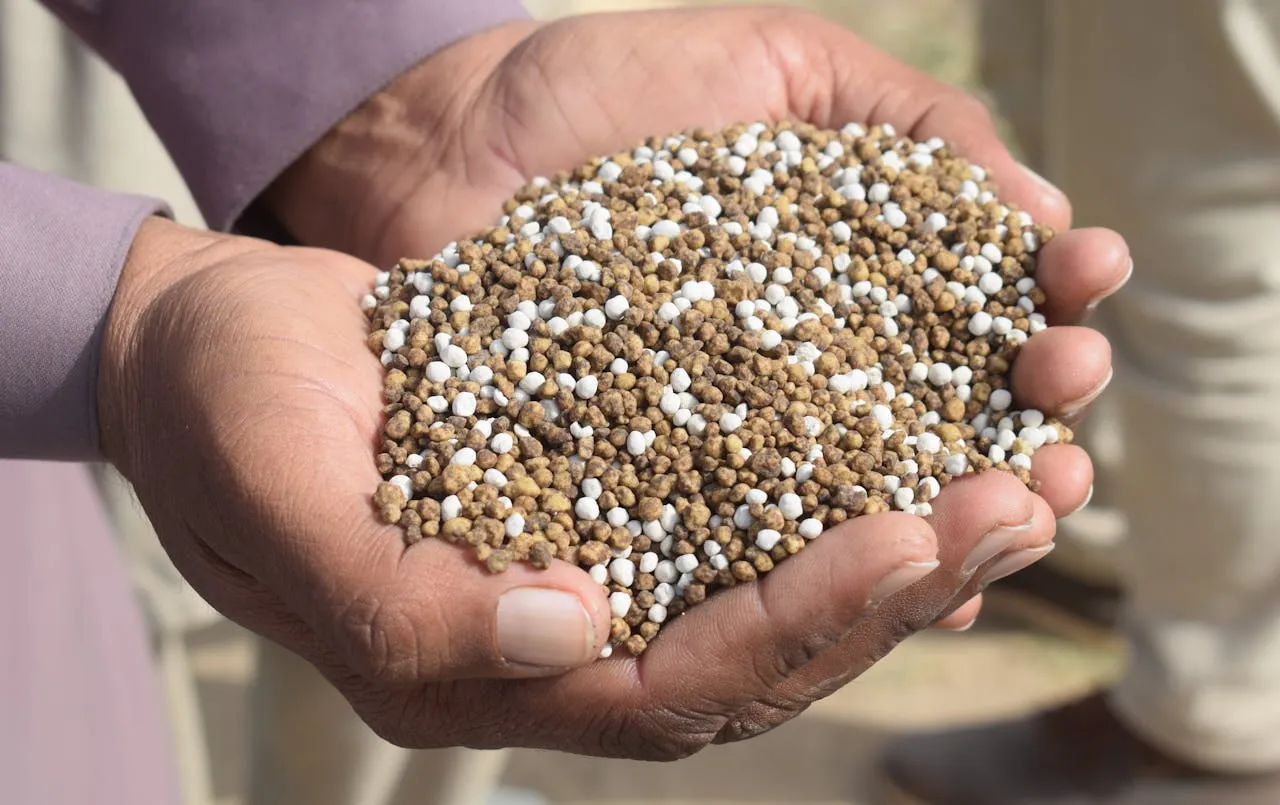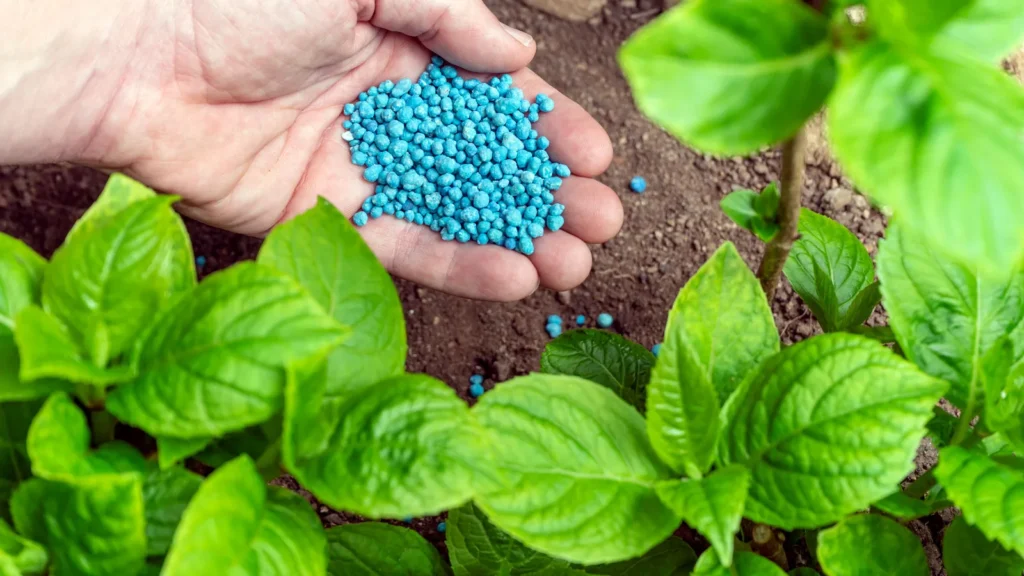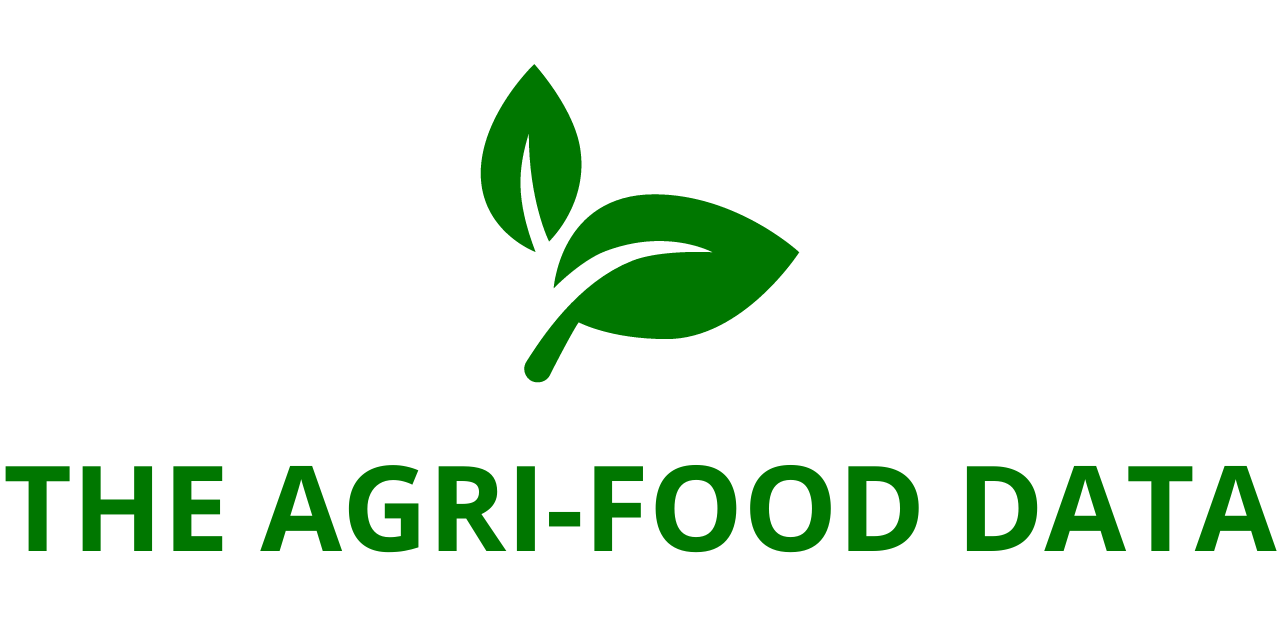
ResearchAndMarkets.com has added the comprehensive report titled “North America Fertilizer Market Size, Growth Trends, and Forecast 2025–2033” to its offerings, projecting a robust growth trajectory for the fertilizer industry across the region. The market is forecast to grow from an estimated US$ 68.68 billion in 2024 to US$ 92.23 billion by 2033, expanding at a compound annual growth rate (CAGR) of 3.33% between 2025 and 2033.
This growth is underpinned by several dynamic factors, including rising food consumption, population growth, the widespread adoption of precision agriculture technologies, and increasing government incentives promoting sustainable farming. Technological advancements, environmental consciousness, and supply chain improvements are further reshaping the fertilizer landscape across North America.
Market Dynamics: Growth Catalysts
1. Technological Innovation in Fertilizer Application
The integration of cutting-edge technologies into agriculture is revolutionizing fertilizer usage across North America. Precision agriculture—enabled by tools like artificial intelligence (AI), satellite imagery, the Internet of Things (IoT), and drone surveillance—is allowing farmers to apply fertilizers with pinpoint accuracy. This not only improves nutrient efficiency and reduces waste but also boosts yields and promotes environmentally sustainable practices.
The rise of controlled-release and slow-release fertilizers is another key trend, helping optimize nutrient uptake while minimizing environmental runoff. These innovations are increasingly in demand as farmers aim to balance productivity with sustainability.
Large-scale investments in technological upgrades also signal this shift. For instance, Morocco’s OCP Group—a global leader in phosphate-based fertilizers—announced in December 2022 a US$ 12.3 billion initiative to expand fertilizer production powered by renewable energy by 2027. Though based internationally, such programs influence North American markets by accelerating global innovation and setting benchmarks in sustainability.
2. Growing Emphasis on Sustainable Practices
Sustainability is becoming a central pillar of fertilizer market strategies across North America. In response to environmental regulations, consumer preferences for eco-friendly food, and the threat of climate change, companies and farmers alike are adopting greener solutions.
The market is witnessing a surge in demand for organic and environmentally responsible fertilizers. Controlled-release products that minimize leaching and volatilization are increasingly favored, while organic formulations are gaining ground among smallholder and commercial farmers alike.
The push toward sustainability is also reflected in industry collaborations and public-private partnerships. One notable example is CF Industries’ partnership with Mitsui & Co., Ltd., announced in May 2022. The two companies are jointly developing a new ammonia production facility in the United States that uses carbon capture and sequestration (CCS) technologies to produce “blue ammonia.” This approach is expected to reduce carbon emissions by over 60% compared to traditional methods, signaling a broader commitment to lowering the industry’s environmental footprint.
3. Rising Population and Food Demand
North America’s population growth continues to exert pressure on agricultural systems to increase food output, thus propelling fertilizer demand. As more people require access to nutritious food, farmers are under pressure to maximize yields per acre, driving the adoption of both conventional and advanced fertilizers.
To meet this rising demand, the agricultural sector is investing in fertilizers that are not only more efficient but also aligned with climate-conscious farming goals. Innovations such as bio-based fertilizers, nutrient enhancers, and soil health management systems are helping farmers meet production targets without exhausting natural resources.
With the demand for food projected to surge over the next decade, the fertilizer market in the region is expected to remain a critical enabler of food security.
Market Restraints and Challenges
Despite promising growth prospects, the North American fertilizer market is not without its hurdles. Two key challenges—volatile raw material prices and supply chain disruptions—pose ongoing risks to market stability and profitability.

1. Volatility in Raw Material Prices
The cost of producing fertilizers is highly sensitive to fluctuations in raw material prices. Essential inputs like ammonia, phosphate rock, potash, and natural gas are subject to global commodity markets, and any disruptions—be they due to geopolitical tensions, natural disasters, or energy crises—can lead to sharp price swings.
For example, nitrogen fertilizer production heavily depends on natural gas. In times of energy crises or extreme weather events, natural gas prices can spike, leading to increased production costs for manufacturers. These price hikes are often passed down to farmers, squeezing profit margins and potentially discouraging optimal fertilizer usage.
This cost instability complicates financial planning across the entire agriculture value chain, from manufacturers and distributors to end-user farmers.
2. Supply Chain Disruptions and Geopolitical Risks
Another pressing challenge for the North American fertilizer industry is vulnerability to supply chain disruptions. With a significant portion of raw materials sourced internationally, the industry remains exposed to logistical bottlenecks, port congestion, and political instability in supplier nations.
Geopolitical events such as trade wars, export bans, or sanctions can severely restrict the availability of key inputs like potash and phosphate. For instance, recent global conflicts and trade restrictions have underscored the fragility of fertilizer supply chains, triggering price surges and delivery delays.
Such uncertainties complicate purchasing decisions for farmers and increase market volatility. If left unaddressed, these disruptions can reduce fertilizer application rates, impacting crop yields and undermining regional food security.
Efforts are underway to build more resilient domestic supply chains. The U.S. government and private stakeholders are investing in domestic production capabilities, regional distribution hubs, and stockpiling programs to mitigate future shocks.
Competitive Landscape
The North American fertilizer market is highly competitive, featuring a mix of global giants and regional players. Key companies include:
- CF Industries Holdings Inc.
- ICL Group
- Nutrien Ltd.
- Sociedad Química y Minera de Chile (SQM)
- The Mosaic Company
- BASF SE
- The Andersons, Inc.
- Yara International ASA
These companies are actively involved in research and development, product diversification, and expansion strategies aimed at tapping into the growing market demand. Strategic mergers, acquisitions, and partnerships are also shaping the competitive landscape.





